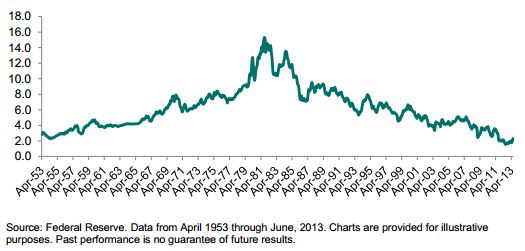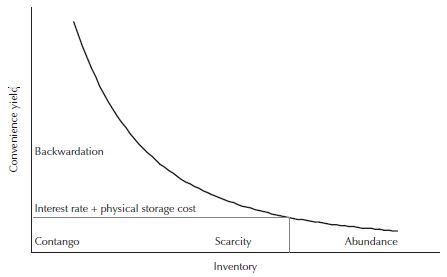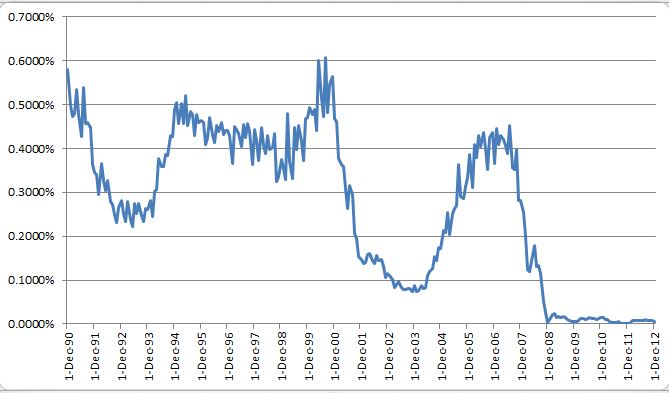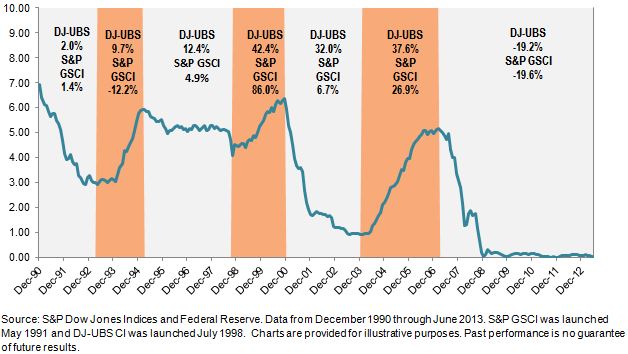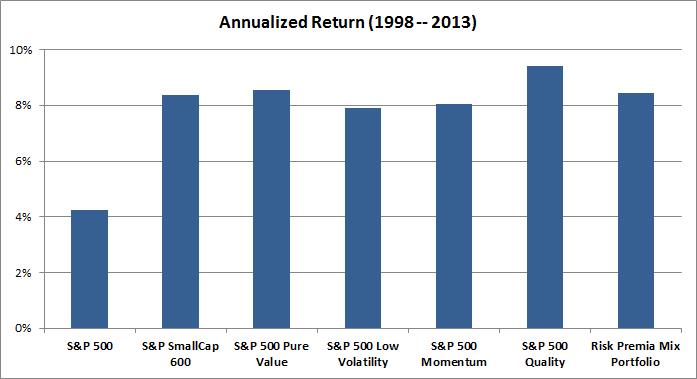The Fed’s QE policy is credited with, or blamed for, inflating prices of homes and stocks. The forces pushing prices up in these markets may be the same, but buyers’ perspectives are very different. When the S&P/Case-Shiller home price numbers were released yesterday (November 26th) there were fears that bubbles were back, especially in San Francisco and two notorious housing markets: Phoenix and Las Vegas. `The stock market story is different. It has risen farther, faster and for longer than homes. For each commentator or forecaster who evidences nervousness, there are three, four or more ex-bears abandoning fear and buying stocks. Everyone says the market can’t go up forever, but they also expect it to keep rising. There is a minority worried about bubbles or crashes and an even smaller minority selling stocks or buying puts.
The S&P/Case-Shiller indices show that monthly price gains have been shrinking since April. As home prices rise, some would-be buyers are priced out of the market or into smaller homes. Further, rising prices attract new sellers, increasing supply and leading to smaller price gains, or even declines. This is the way most markets work. Current market sentiment and supply-inducing price increase make bubbles in house prices unlikely. Stocks are different: rising prices of either specific stocks or indices attract more buyers. The different reactions in house and stocks affect the market sentiments; and the sentiments drive the markets.
Why aren’t more people worried about the stock market? The most common answer is fundamentals. Earnings are rising, the PE ratio is close to its long term average, and we’ve reached these levels before without a collapse. Looking back to the period since the market bottom in March, 2009, earnings and stock prices have risen almost in tandem. Both the PE ratio and the price-to-book ratio on the S&P 500 are only modestly higher than when the current bull market began. However, some members of that minority of worriers are looking farther back. Corporate earnings as a percentage GDP are at record levels. Moreover, the ratio of corporate earnings to GDP tends to mean revert – when it gets too far out of line, it heads back towards its average. Sustaining strong earnings growth will require strong GDP growth, something we haven’t had much of lately. Maybe the Fed’s QE will work its magic on GDP growth.
The posts on this blog are opinions, not advice. Please read our Disclaimers.



